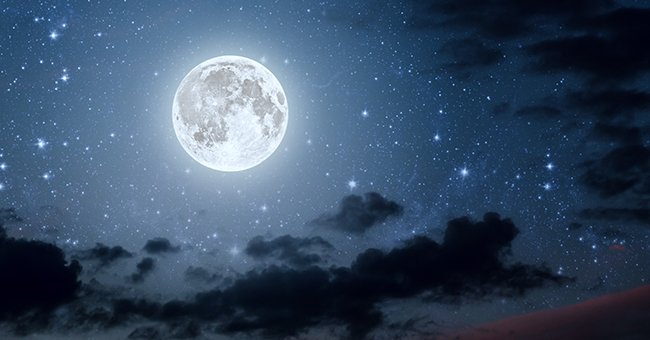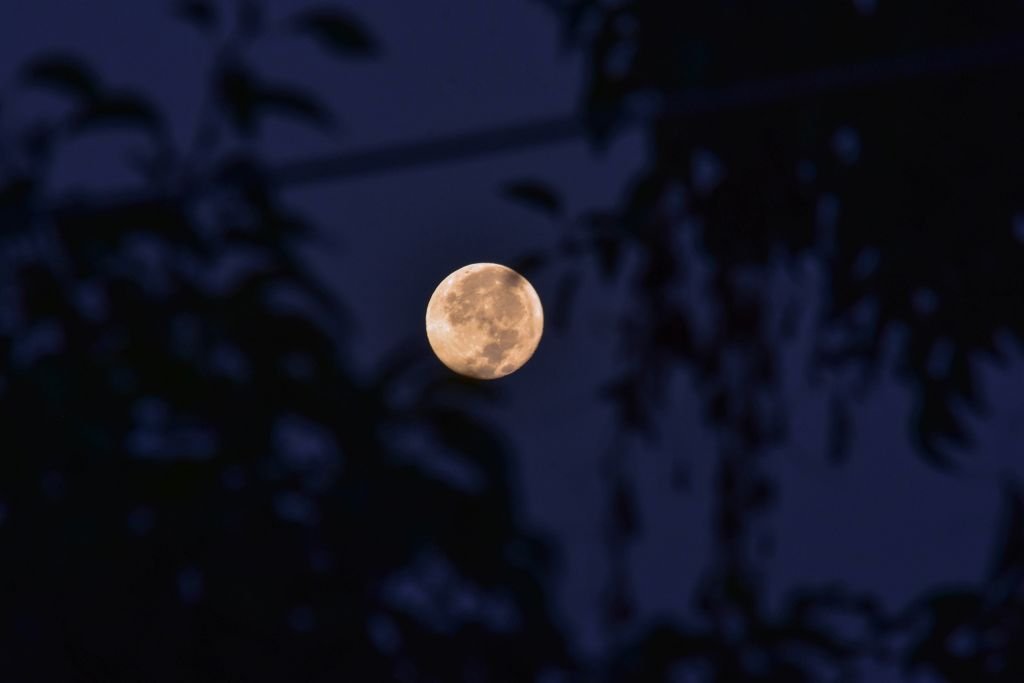
Here's a Review of Every Full Moon That Will Light up the Sky in 2021
The year's full moon has been curated, and with each month unfolding, a new moon shows up. Check out each moon's collation, its unique name, and what to expect.
The Old Farmer's Almanac has outlined each moon for every month in 2021, their specific names, the occurrences, and celestial events associated with each full moon.
While the moons will appear at different time zones in different cities, it is best to input one's city and location in the Old Farmer's Almanac to get the specific moment the moons would be visible for gazers.

The Harvest Moon that occurs every September, and aligns with the Autumnal Equinox was captured on September 26, 2018 | Photo: Getty Images
For January, the full moon termed the Full Wolf Moon appeared on January 28, followed closely by the Full Snow Moon, set to appear on February 27.
The full snow moon would peak at 3:19 AM for its illumination on Saturday. However, the moon's best view can be seen on Friday, February 26, and at night, just before clocking out of the day.
The snow moon would drift over the horizon around sunset in the east and be at its peak at midnight. According to the Old Farmer's Almanac, the moon is named so owing to some places.
The moons' highest peaks would be visible close to the end of each month.
The source of the name, full snow moon, is influenced by native American, colonial American, and European deductions. Basically, each full moon influences the month it appears in and not just on the day it appears.
February's moon is termed the snow moon due to the heavy snowfall that occurs throughout the month. The United States is among the countries that view February as its snowiest month in the year.
However, the February moon's naming differs from location to location and the events of each zone. Another theme associated with the full moon is scarcity.
To this effect, the Cherokee term for the February full moon is the bony moon and the hungry moon because food was often in high demand instead of its scarcity.
The Tlingit call the full moon the Black Bear Moon, and the Ojibwe refer to it as the Bear Moon because this is the time for the birth of bear cubs in their region.
More names associated with the Full Snow Moon include Bald Eagle Moon by the Cree, Eagle Moon, Raccoon Moon by the Dakota, Groundhog moon, gotten from the Algonquin people, and Goose Moon by the Haida.
Through the year, other moons that would appear include the Full Worm Moon, Full Pink Moon, Full harvest Moon, and Full Strawberry moon. The moons' highest peaks would be visible close to the end of each month.
